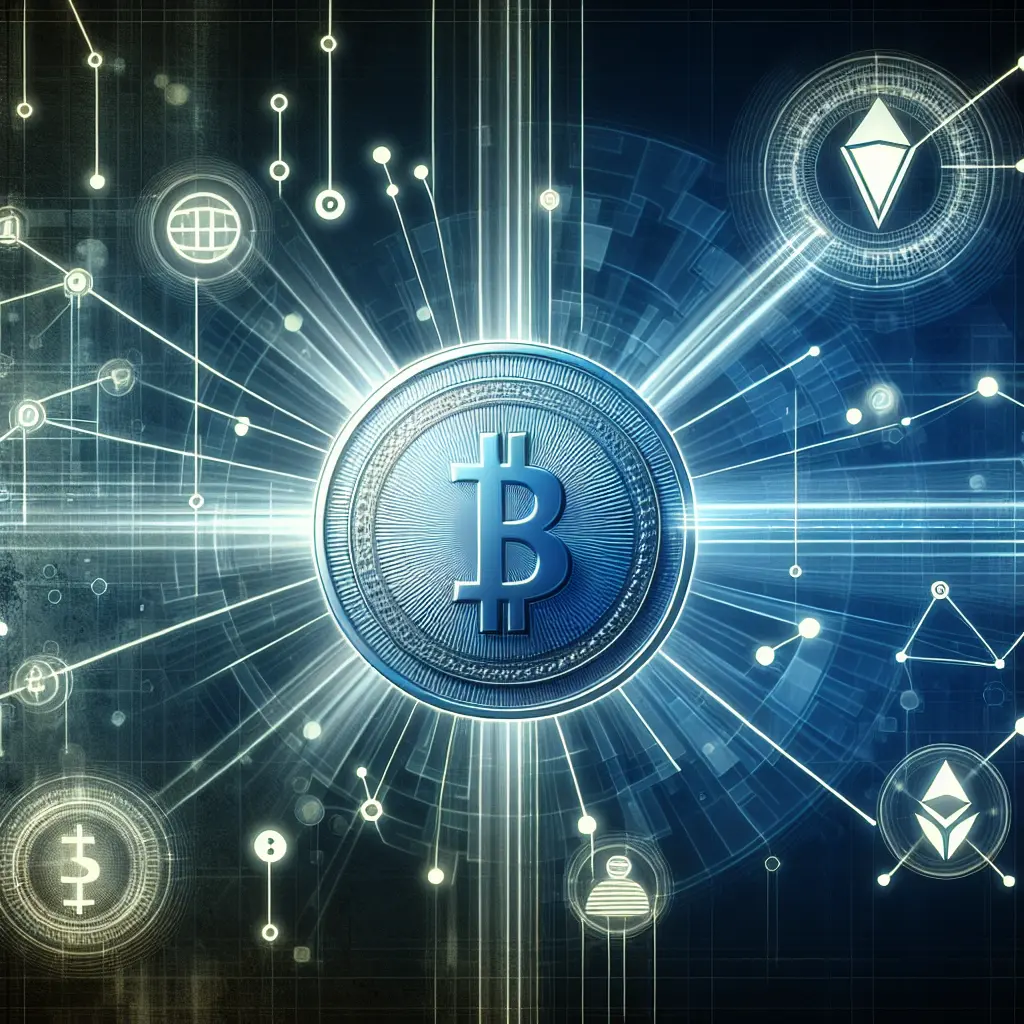In the rapidly evolving landscape of global finance, the integration of cutting-edge technologies has become crucial for streamlining operations and enhancing efficiency. XRP's impact on real-time gross settlement systems (RTGS) represents a transformative shift in how financial institutions conduct cross-border payments and manage liquidity.
As traditional RTGS systems grapple with inefficiencies and high costs, XRP offers compelling advantages, including speed, scalability, and decentralization in payments. With its blockchain technology in banking, XRP facilitates seamless transactions that significantly reduce settlement times and costs, offering a modern alternative to conventional systems.
XRP's adoption in real-time settlements is not just a testament to its technical prowess but also to its potential to revolutionize financial systems globally. Experts highlight how XRP improves RTGS by providing liquidity solutions that cater to institutional use, allowing banks to optimize their operations without the constraints of traditional methods.
As more financial institutions explore XRP's role in financial innovation, the comparison between XRP and traditional RTGS systems becomes increasingly pertinent, especially concerning cost savings in settlements and enhanced speed and efficiency.
The future of XRP in global finance is poised for growth as it continues to gain traction among banks and financial experts. With expert opinions on XRP underscoring its potential to reshape financial infrastructures, understanding its impact and benefits is crucial for stakeholders.
XRP's Advantages in RTGS
In the dynamic realm of global finance, XRP's impact on real-time gross settlement systems (RTGS) is revolutionizing how financial transactions are conducted. The traditional RTGS frameworks are often burdened with inefficiencies, costly processes, and delayed transaction times. In contrast, XRP offers a transformative alternative that enhances speed, scalability, and decentralization in payments.
XRP's blockchain technology allows for seamless and rapid transactions. Traditional RTGS systems typically involve multiple intermediaries, leading to increased processing times and costs. By eliminating these intermediaries, XRP significantly enhances speed and efficiency. According to a recent report by Ripple, transactions using XRP can settle in just seconds compared to the days or even weeks required by traditional systems.
The scalability of XRP is another critical advantage. As financial institutions manage increasing volumes of cross-border payments, XRP's robust infrastructure can handle significant transaction loads without compromising performance. This scalability ensures that XRP remains a viable solution as global financial activities continue to expand.
The cost savings achieved through XRP adoption in real-time settlements are substantial. Traditional RTGS systems incur high fees due to currency exchange rates and intermediary services. XRP, with its decentralized nature, minimizes these costs by allowing direct currency exchanges on its blockchain network.
XRP vs. Traditional RTGS Systems
A comparative analysis between XRP and traditional RTGS systems reveals several distinct advantages offered by XRP. These include:
Speed: Transactions settle in seconds with XRP, whereas traditional systems may take days.
Scalability: XRP supports high transaction volumes without performance degradation.
Cost Efficiency: Lower transaction costs due to reduced reliance on intermediaries.
Decentralization: Enhanced security and resilience against systemic risks.
These benefits underscore how XRP technology in finance is setting new standards for operational efficiency and cost-effectiveness.
The Future of XRP in Global Finance
As we look to the future of XRP in global finance, its continued growth seems inevitable. With banks increasingly recognizing the advantages of XRP in RTGS systems, its role in cross-border payments is expected to expand further. The decentralization inherent in XRP also contributes to its appeal, offering a level of security and reliability that traditional systems struggle to match.
By embracing these technological advancements, financial institutions are not only optimizing their operations but also positioning themselves at the forefront of financial innovation. The ongoing exploration of XRP's potential will undoubtedly uncover new applications and benefits, further solidifying its transformative role in modern finance.
We invite you to reflect on how these technological advancements might influence the future of financial transactions. How do you perceive the role of blockchain solutions like XRP in your own financial interactions? Share your thoughts and experiences with us!
Thank you for joining us on this exploration of XRP's potential. Stay connected for more insights into the transformative power of blockchain technology in finance.









Leave a Comment